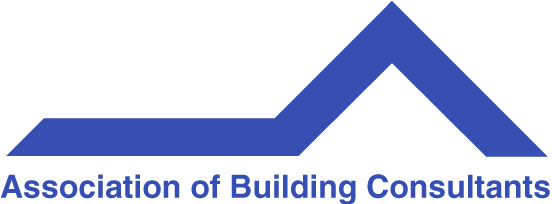Greenwashing in construction

These days, almost every product, project, or company claims to be “sustainable.” From eco-friendly paints to “green” housing developments, sustainability has become one of the most powerful buzzwords in construction. But not every claim stacks up - and for homeowners and renovators it’s getting harder to tell the difference between genuine environmental performance and clever marketing spin.
Welcome to the world of greenwashing - where sustainability sells, but substance is sometimes optional.
What is greenwashing?
Greenwashing happens when a business or product is presented as environmentally friendly without the evidence to back it up. Sometimes it’s subtle - a logo with a leaf or vague terms like “eco-smart.” Other times it’s more misleading, such as overstating energy efficiency or making big claims about “carbon neutrality” without transparency on how it’s achieved.
In construction, where sustainability is now a key selling point, greenwashing can be particularly tricky. A home might be marketed as “green” because it uses solar panels or some recycled materials, but true sustainability goes far deeper than a few add-ons.
Red flags to look for
If you’re building, buying or renovating, here are a few signs that “green” claims might not be as genuine as they appear:
Vague or undefined terms
Watch for words like eco-friendly, sustainable or green technology without details. Genuine sustainability efforts will specify what makes a product or project better for the environment - for example, “certified Forest Stewardship Council (FSC) timber sourced within 300km” or “achieves a 7-star energy rating under the Nationwide House Energy Rating Scheme (NatHERS).”
No independent certification
Look for recognised environmental certifications. In Australia, these include Green Star, NABERS, and EnviroDevelopment ratings. Certified energy-efficient appliances, sustainably sourced materials and third-party verified claims carry far more weight than in-house or unverified statements.
Focus on a single feature
A home isn’t “sustainable” just because it has solar panels. True sustainability considers the entire lifecycle of the building - from orientation on the site, to materials and design, to energy performance and ongoing maintenance.
Lack of transparency
If a developer or builder can’t provide documentation, data or independent testing to support their sustainability claims, that’s a red flag. Genuine practitioners will welcome questions and be happy to share evidence.
What real sustainability looks like
Smaller allotments often impact on design and sustainability.
Sustainability in construction isn’t about perfection - it’s about thoughtful design, material choices and performance over time. Genuine sustainable building projects tend to:
- Prioritise passive design - orientating buildings for natural light, winter sun, airflow and thermal comfort in hot months.
- Use locally sourced or recycled materials to reduce transport emissions and support regional industries.
- Incorporate energy-efficient systems such as solar generation, smart metering and efficient insulation.
- Consider water conservation, from rainwater harvesting to drought-tolerant landscaping.
- Plan for longevity and adaptability, ensuring the home can evolve with its occupants and changing needs.
In short, sustainable design should make a home simpler, healthier and cheaper to run - not just look good in a marketing brochure.
Why it matters
Beyond cost savings, genuine sustainability plays a crucial role in reducing emissions, conserving resources and creating healthier living environments. With construction accounting for a significant share of Australia’s carbon footprint, homeowners and builders alike have a shared responsibility to push for authenticity, not just aesthetics.
The good news? South Australians are leading the charge, embracing smarter design and higher expectations for transparency. Homebuyers are asking sharper questions - and builders who back up their claims are standing out for all the right reasons.
The takeaway
Greenwashing might fool the eye, but it can’t stand up to scrutiny. By looking beyond the slogans and asking the right questions, you can ensure your next project is built on genuine sustainability - not just hype.
After all, a truly green home doesn’t just promise less impact on the planet - it delivers it. Learn more about sustainable building and how to make informed choices at www.buildinginspectors.org.au







